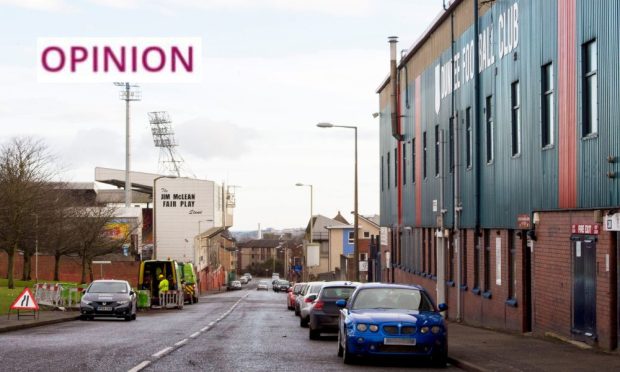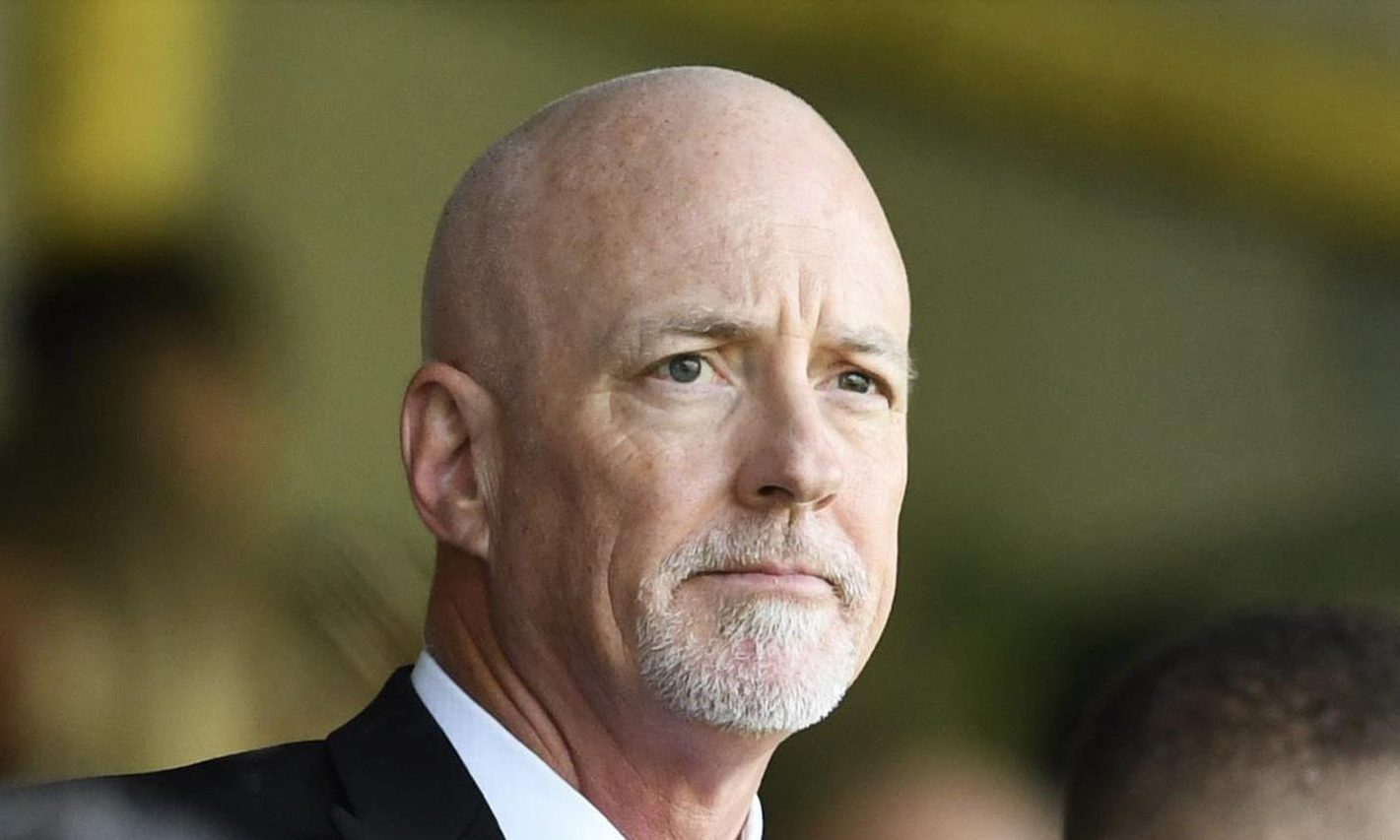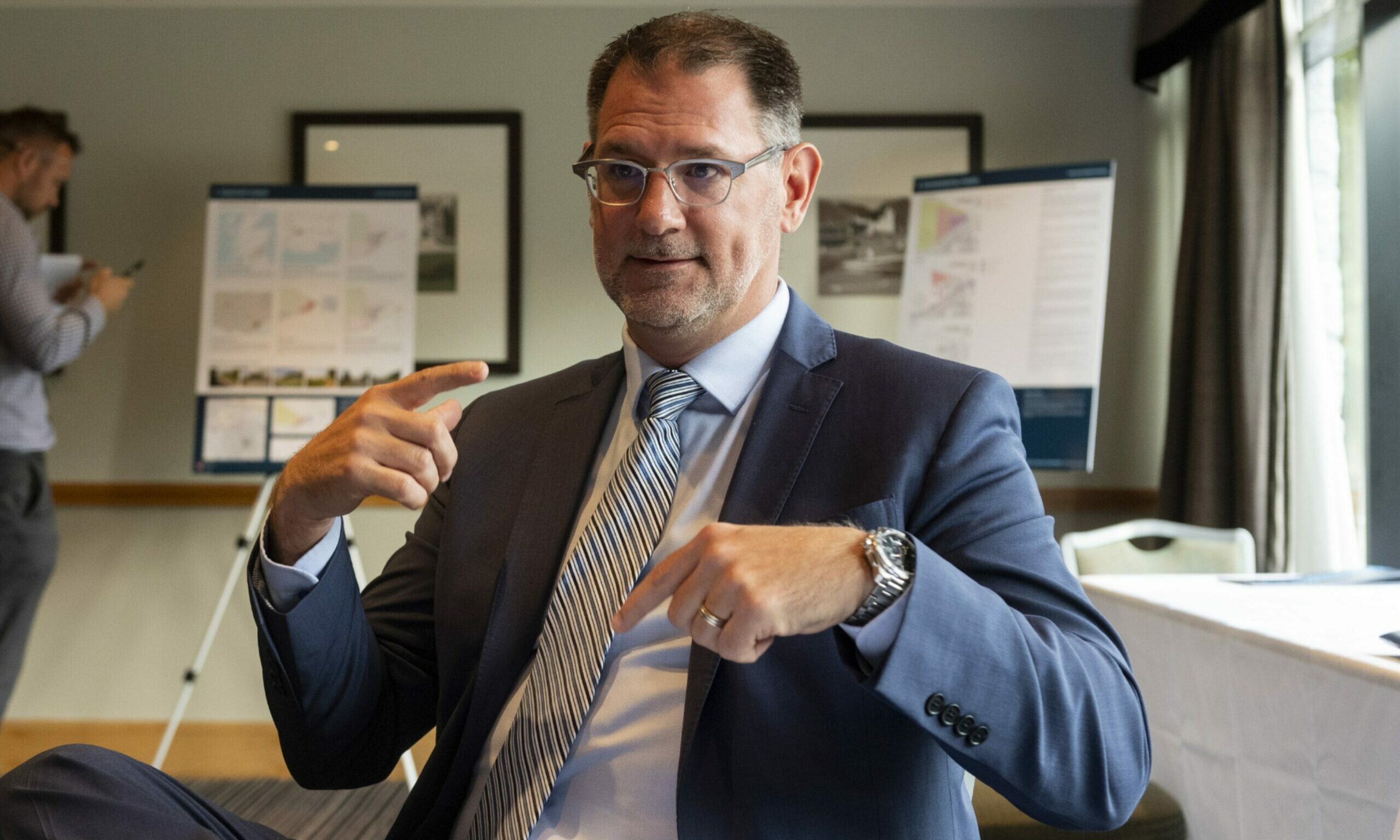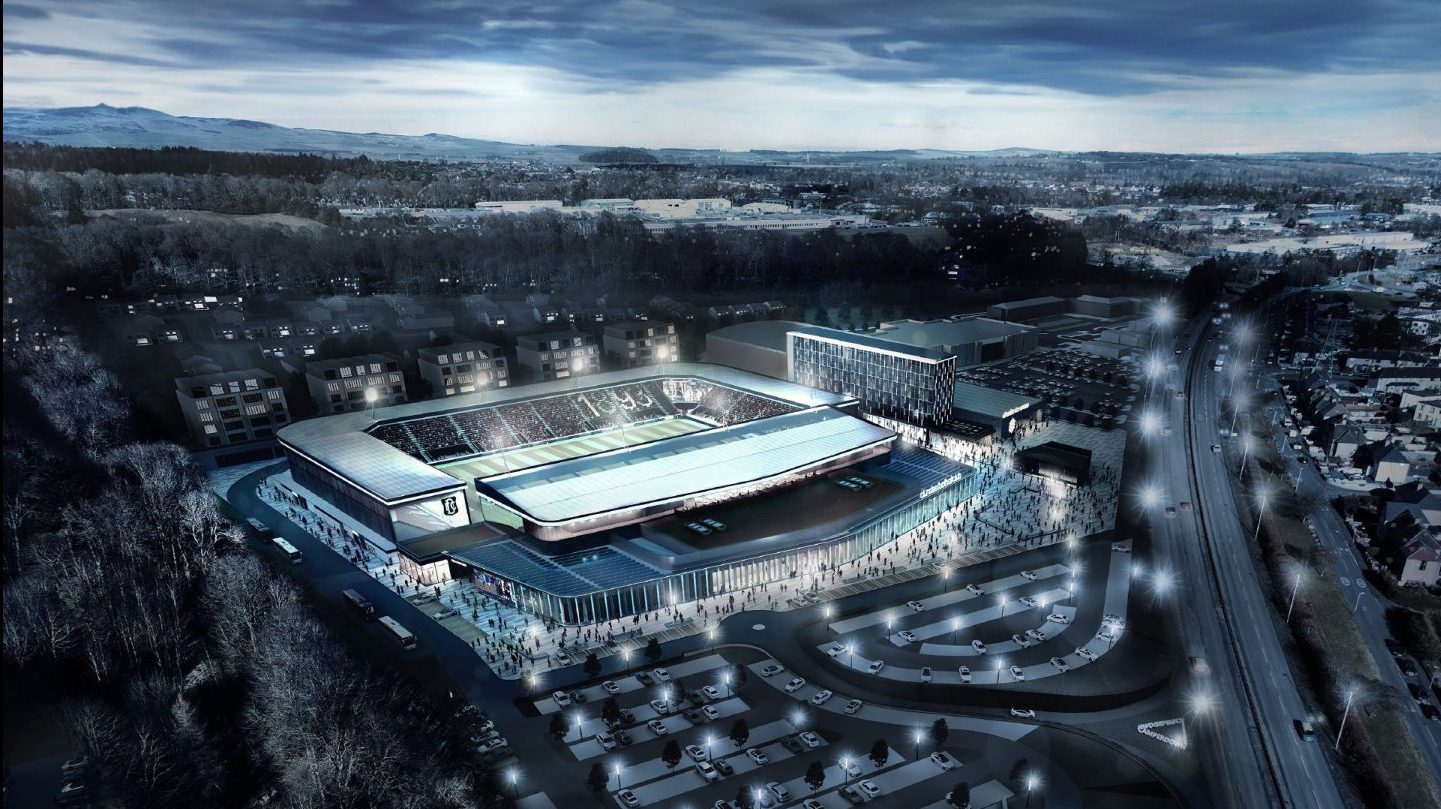Dundee and Dundee United sharing a stadium is a “no brainer” according to a local businessman who knows both clubs well.
He has a point – the benefits to the clubs and the city could be huge, offering much bigger income streams and allowing both to be more competitive than they are currently.
Neither side can continue relying on their American owners to bankroll them indefinitely.
United have been owned by Mark Ogren for five years but after a positive early start things have soured.
Fans have been angered by money wasted on big wages and poor signings – made by his former sporting director Tony Asghar – and by relegation from the Premiership.
Now with the recent accounts showing a loss of £2.8 million and Ogren owed £13m by the Tangerines, many supporters I know are very concerned about the future and seeking reassurance.
They’re conscious that Tannadice and the Foundation Park training ground appear to be the only real sellable assets by which the owner could recoup some of his investment.
If he ever did sell the stadium, United could potentially find themselves homeless.
‘Tribal passion’
Like others in football before him, Ogren has found that the way to make a small fortune in Scottish football is to begin with a large one.
Dundee’s American owners Tim Keyes and John Nelms have been at Dens for a decade and want to move to a new stadium at Camperdown.
Local ownership has previously proven too rich for those who have tried it in the past.
United’s much loved late chairman Eddie Thompson blew a huge chunk of the family wealth at Tannadice, and Peter and Jimmy Marr lost millions unsuccessfully trying to restore Dundee FC’s former glories, only to see administration as the end result.
There are good business arguments for ground-share but football is as much about tribal passion as finance and it would take courage and vision from both sets of owners if a shared stadium was ever to happen.
Many business folk I speak to – as well as SNP Westminster chief Stephen Flynn, a United fan – are in agreement about the solid economic case for sharing a venue.
But few will put their heads above the parapet for fear of abuse.
Dundee United and Dundee FC merger fears
In 2001, the Dens and Tannadice boards were in favour of a new shared stadium at Caird Park for Scotland’s hopes of hosting the 2008 European Championships.
They addressed fears that a merger of the clubs would result.
A joint club statement said “it is important that any rumours that a joint stadium would be a pre-cursor to amalgamation are quashed.
“Neither Dundee FC or Dundee United FC have any interest in a merger.
This came two years after there were talks about merging the clubs before, according to ex-SPL chief Roger Mitchell, Peter Marr pulled the plug at the eleventh hour.
In Italy, giants like AC and Inter Milan share the San Siro but more relevant to the Dundee rivals is perhaps Gothenburg where three city clubs all play at the Gamla Ullevi stadium.
With a capacity of 18,600, it’s the size and sort of stadium which could be ideal here, and it would be much easier to attract a big money sponsor for a new state-of-the-art shared stadium than for the present tired grounds.
Dundee’s proposed new stadium project at Camperdown would include a hotel, bars, restaurants, a curling rink, and new housing, offering the potential to produce income streams impossible to achieve at Dens Park.
It would also host concerts with big-name acts attracting crowds of around 15,000.
If Dens is past its sell by date, Tannadice also looks dated in a modern football environment.
United are severely limited for space and that hampers their ability to make the kind of money from bars and restaurant hospitality increasingly essential to running a modern football operation.
Wealthier catchment areas
In London, Spurs’ billion-pound stadium has seen average match day spend per fan rise from £2 to almost £16 thanks to features like the longest bar in Europe and an on-site microbrewery.
Dundee isn’t London but it shows how extra revenue can be made, allowing clubs to sign better players and compete more keenly with rivals.
The City of Discovery’s giants are at a major disadvantage to other big city sides.
Aberdeen, who hope to move to a new stadium jointly funded by the council, have a city to themselves and a bigger population to draw on.
The Edinburgh teams are also in a bigger, wealthier catchment area.
Hibs’ refurbished ground features revenue generating restaurants, bar and conference facilities, while Hearts, at Tynecastle, also cater for such needs and are opening a hotel at the stadium.
A shared stadium might offend traditionalists in the Dundee and United support base but it could allow both clubs to prosper.
Whether that is at Camperdown or another location – or trying to modernise one of the current stadiums for shared use, reduced costs and increased income – is at least worth discussing.














Conversation